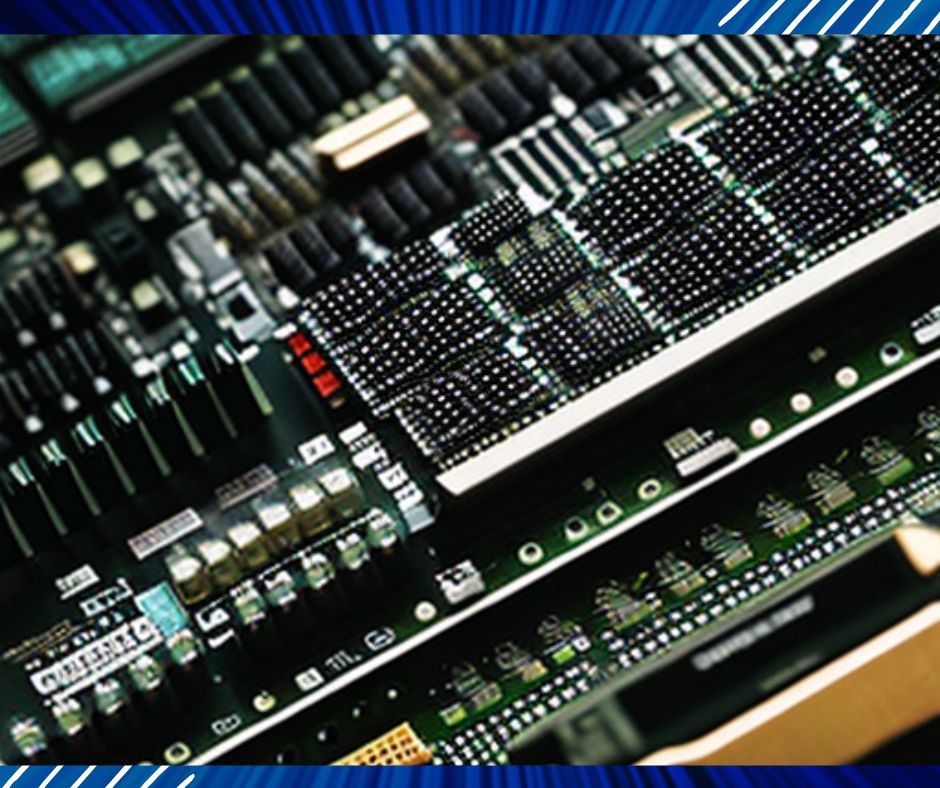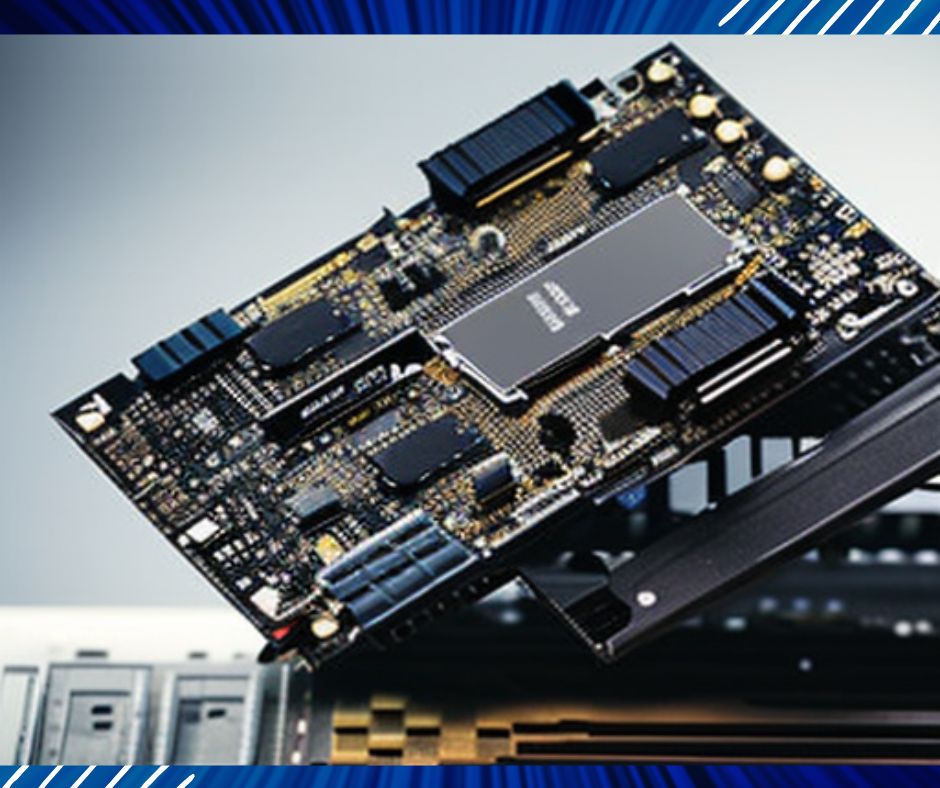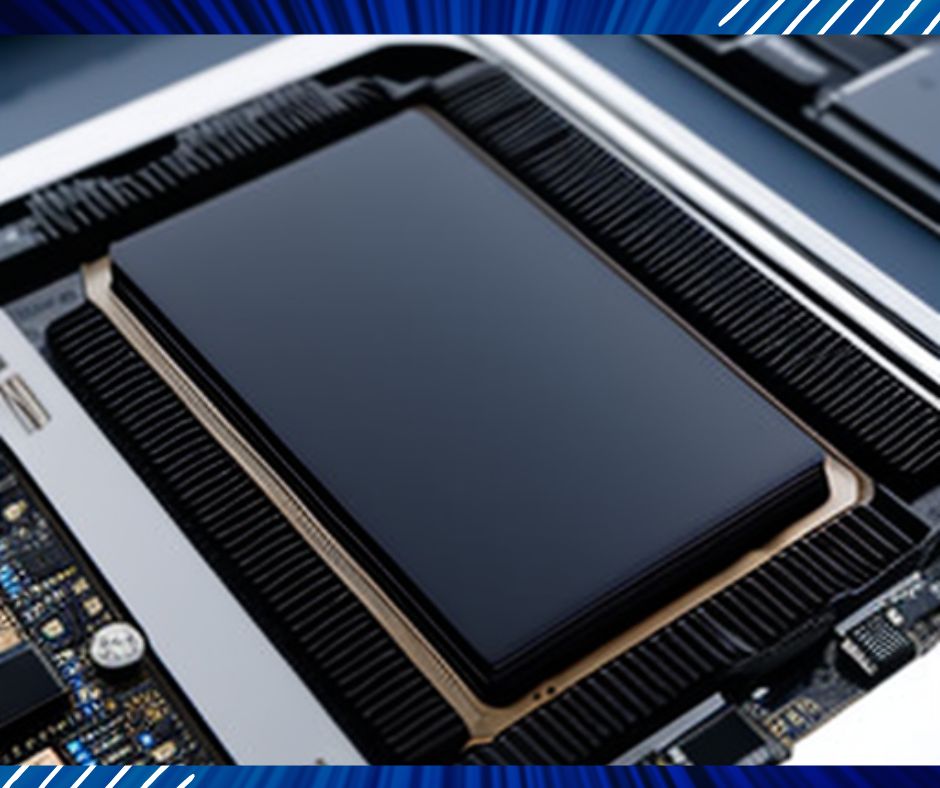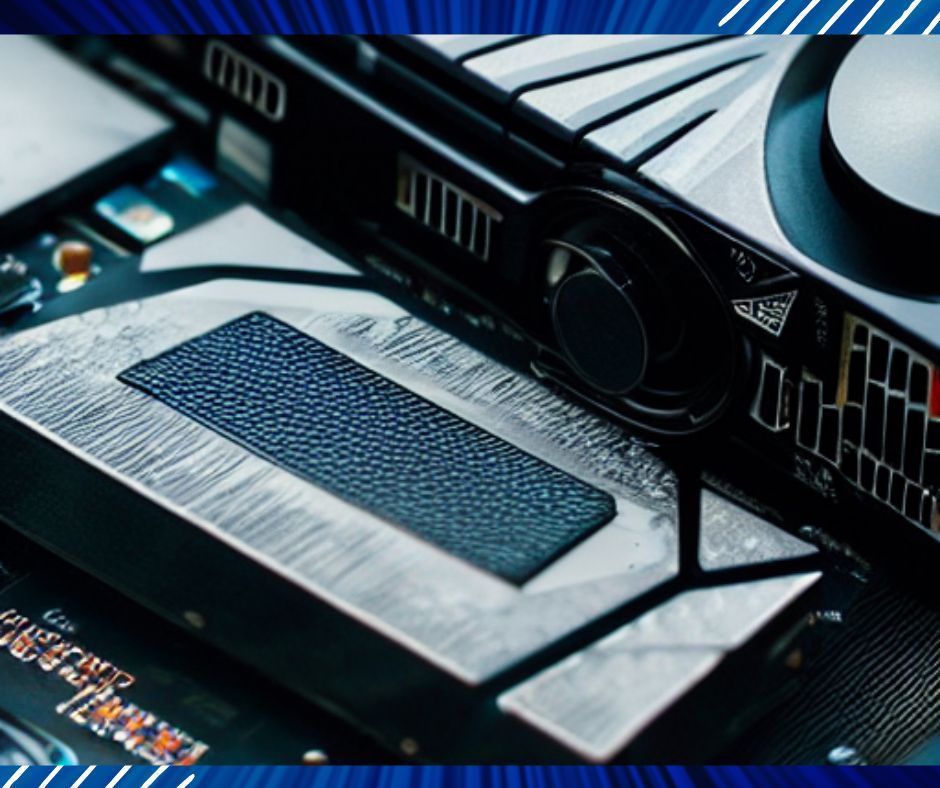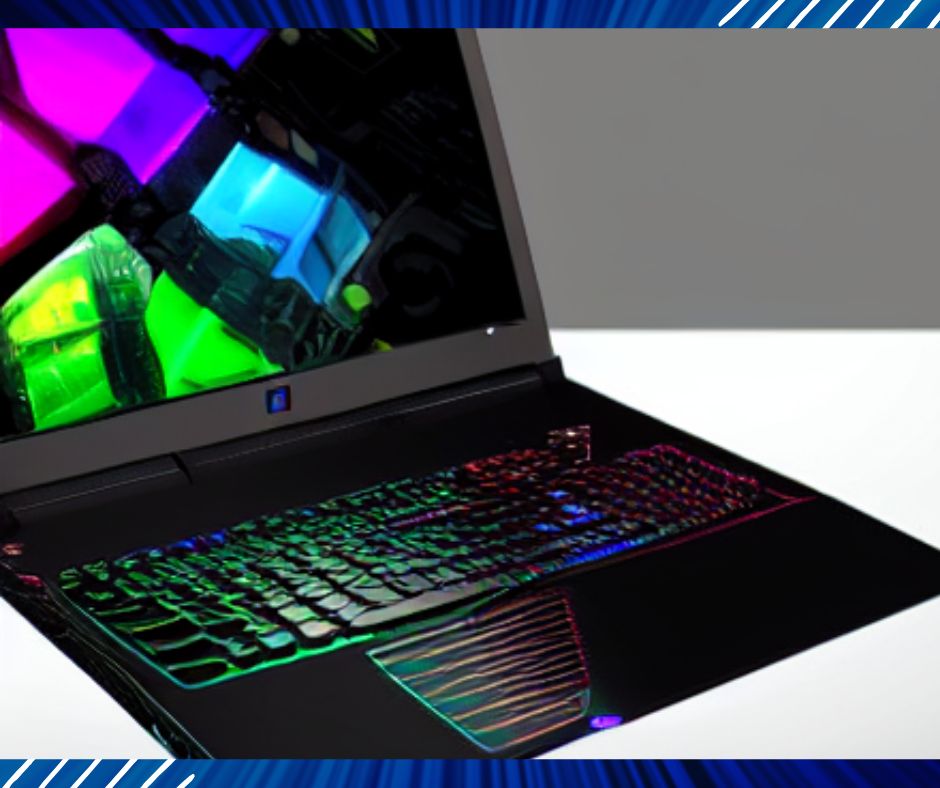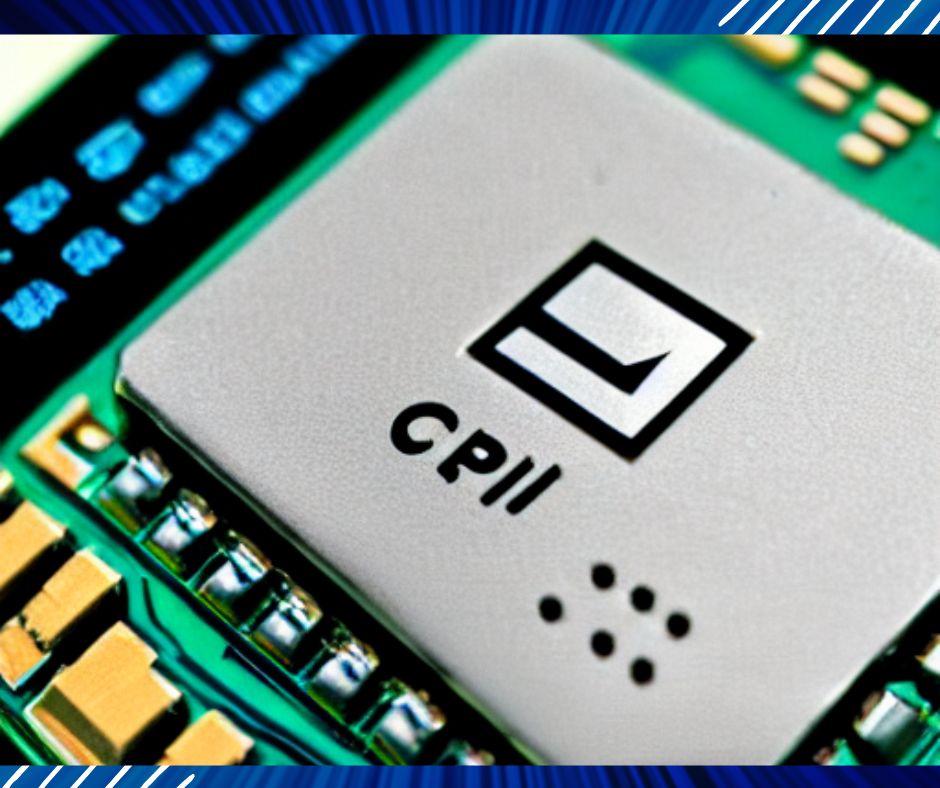
Just arrived in 2023, the 13th generation CPU has added new members, and Intel released the mainstream models of the 13th generation Core non-K series, the models are i3 13100/F, i5 13400/F, i5 13500, i5 13600, and i7 13700/ F, etc. Among them, the i5 13400/F, i5 13500, and i5 13600 are different from the previous generation, somewhat similar to the i5 12th generation i5 12600K/F. They all introduce large and small core designs. The only model without an energy-efficient core is the i3 13100/F. Among them, the i5 13400/F is a model that replaces the previous generation i5 12400F and will be the main mainstream model in the later stage. So how much has the i5 13400F improved compared to the 12400F? Let’s share the performance comparison evaluation of i5 12400F and 13400F below, let’s take a look.
Before understanding the performance difference between the two, let’s take a look at the comparison of the CPU parameters of i5 12400F and i5 13400F. What is the difference between the two?
Comparison of parameters between i5 12400F and i5 13400F
| graphics card name | Intel Core i5-12400F | Intel Core i5-13400F |
| Core code | Alder Lake | Raptor Lake |
| Interface Type | LGA1700 | LGA1700 |
| core thread | 6 cores and 12 threads | 10 cores and 16 threads (6P+4E) |
| Craftsmanship | intel 7 (10nm ESF) | intel 7 (10nm ESF) |
| Performance Core Base Frequency | 2.5GHz | 2.5GHz |
| Performance Core Max Turbo Frequency | 4.4GHz | 4.6GHz |
| Energy Efficiency Nuclear Base Frequency | Inefficient nuclear | 1.80GHz |
| Energy Efficiency Core Max Turbo Frequency | Inefficient nuclear | 3.3GHz |
| L3 cache | 18MB | 20MB |
| L2 cache | 7.5MB | 9.5MB |
| Built-in nuclear display | No built-in graphics | No built-in graphics |
| memory support | DDR5 4800 DDR4 3200 | DDR5 4800 DDR4 3200 |
| TDP power consumption | 65W | 65W |
| best motherboard | B660 motherboard | B660/B760 motherboard |
Note: i5 13400 and i5 13400F can be regarded as CPUs, the parameters and performance are exactly the same, the main difference is that the i5 13400 has a built-in UHD730 core display, which is suitable for the installation plan without a separate display, while the i5 13400F model is due to the F suffix, The explanation is that there is no built-in core display, and it must be equipped with an independent graphics card to light up, but the price is more affordable and cost-effective.
Related Article: Easy ways to know what your computer’s power supply
Parameter comparison and difference analysis
It can be seen from the parameter comparison that the biggest advantage of the Intel Core i5 13400F over the i5 12400F is that it adds 4 new performance cores and adopts a new high-performance hybrid architecture, which is commonly known as the large and small cores, consisting of 6 performance cores + 4 It is composed of four energy-efficient cores, and the final specification is 10 cores and 16 threads. The base frequency of the i5 13400/F performance core is 2.5GHz, which remains unchanged from the i5 12400/F, but the maximum frequency is increased by 0.2GHz to 4.6GHz, while the base frequency of the energy efficiency core is 1.8GHz, and the maximum turbo frequency of the energy efficiency core is 3.3Ghz, and a slight increase of 2MB in the second-level cache and the third-level cache, which are 9.5MB and 20MB respectively. The i5 13400F still has a lot of improvement in multi-threading, and a slight improvement in single-core. As for the percentage of performance improvement, let’s look at the actual test.
As usual, we use running score software and games to test the performance gap between i5 12400F and i5 13400F. We use i5 12400F and i5 13400F processors for testing (default frequency), and add i5 12600KF for comparison. The motherboard uses the B760 motherboard. Compared with the B660, the difference between the B760 and the B660 is not large. The enhancement is only the scalability of Gen 4 under the PCH. For the graphics card, we chose the RX6650XT, equipped with 8G*2 3200MHz dual-channel memory, 1T NVMe solid state, and Win11 operating system.
Theoretical performance test
CPU-Z
In the CPU-Z benchmark test, the advantage of the i5-13400F over the i5-12400F is mainly in the multi-threaded performance. The multi-threaded performance is 31% ahead, and the single-thread performance is 5.5% ahead. The i5 13400F multi-thread performance is about 10% behind the i5-12600KF, and the single-core performance is 6% behind.
Cinebench R23
Under the Cinebench R23 rendering test, compared with the i5 12400F, the multi-thread performance of the i5 13400F leads by 30%, and the single-thread performance still leads by about 5.5%. The i5 13400F multi-thread performance is about 9.8% behind the i5 12600KF, and the single-core performance is about 8% behind.
Game frame rate test
Let’s take a look at the actual game performance of the i5 12400F and i5 13400F. The tests were conducted at 1080P and 2K resolutions respectively, and the picture quality is still the highest, without ray chasing and DLSS. The games selected are “Extreme Racing: Horizon 4”, “Rainbow Six: Siege”, “PlayerUnknown’s Battlegrounds: Battle Royale”, “Assassin’s Creed: Hall of Valor” and “Landless Lord 3”, let’s take a look at Average frame rate performance.
Under 1080P high-definition, the difference in frame rate is not large. In most games, there is only a difference of 1-2 frames between the i5 13400F and i5 12400F. Only “Rainbow Six: Siege” has a significant advantage in frame rate.
When it comes to the 2K resolution game test, the difference in the frame rate between the two is very small. After all, most games eat single-threaded performances.
CPU copy test, 240 water-cooled pressure i5 13400F, single-baked FPU 15% minutes, i5 13400F large core temperature is about 61 degrees, small core temperature is about 52%, indicating that the CPU does not generate a lot of heat, 100-yuan air-cooled The radiator can also be suppressed.
Related Article: Undervolting of CPU and GPU: Guide to Reduce Power Usage
Summarize:
Compared with the previous generation i5 12400/F, i5 13400/F is about 5.5% ahead in single-core performance, and about 30% in multi-core performance. Generally speaking, the overall performance improvement is quite obvious. For the i5 13400F model without K, it means that overclocking is not possible, and for most users, there is no need for overclocking, so you can choose mainstream B660 and B760 motherboards in the selection of motherboards, which are more cost-effective for installation.
As for how to choose between the i5 13400/F and i5 12400/F, if you are a gamer looking for cost-effectiveness, you can still consider the i5 12400/F. After all, there is not much difference in games. No real improvement. If you want higher performance or productivity requirements, or stick to the principle of buying new and not old, you will undoubtedly consider the i5 13400/F.


